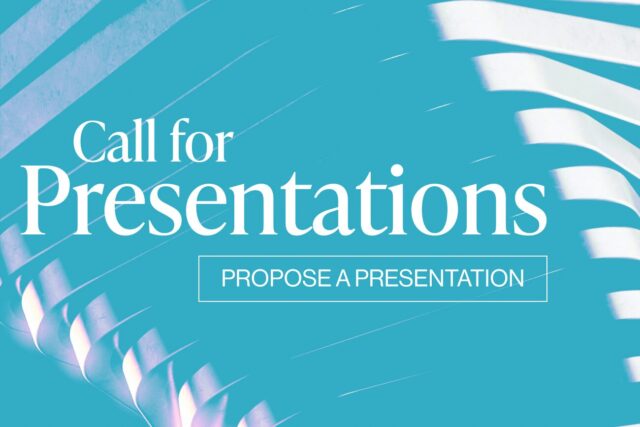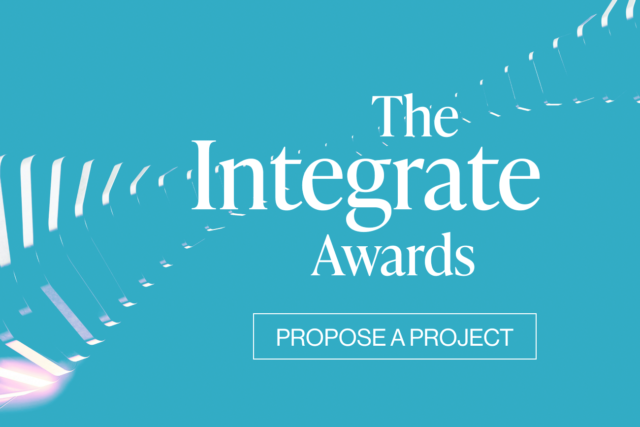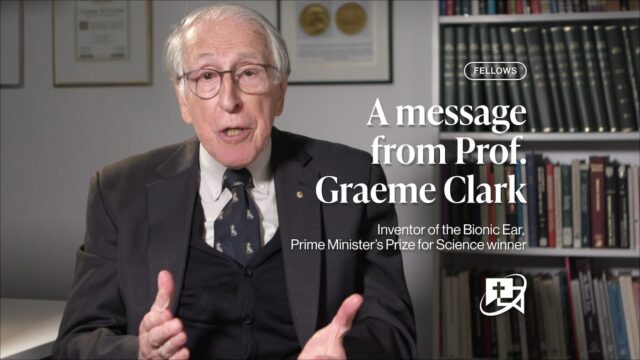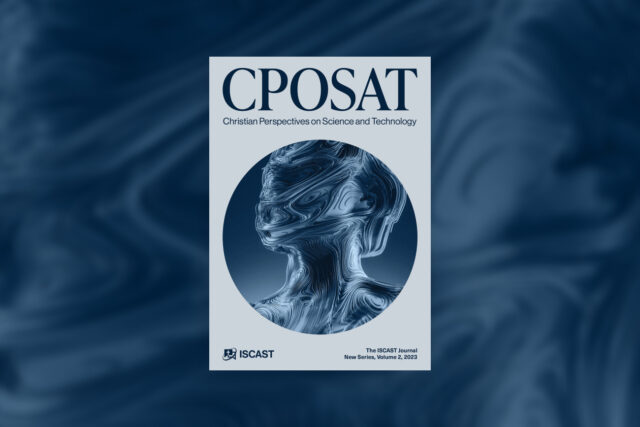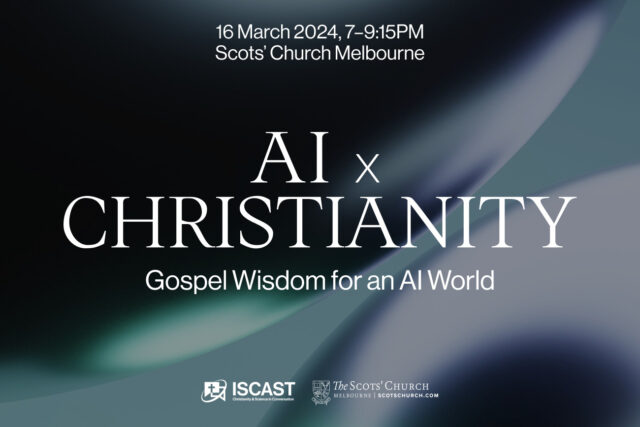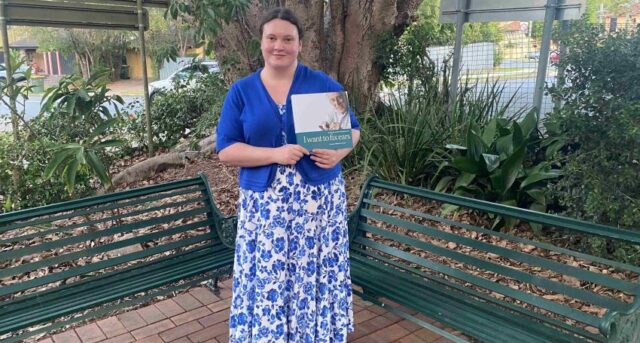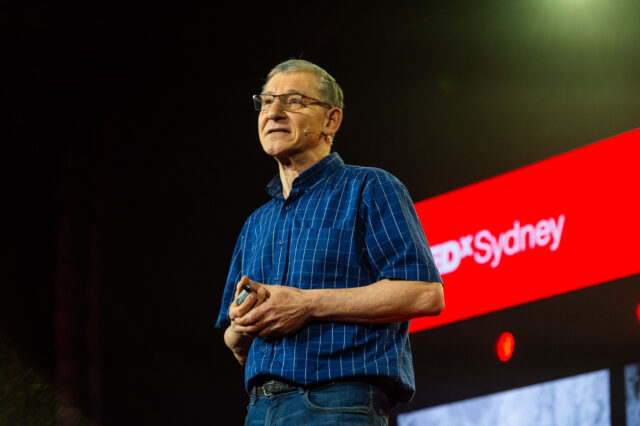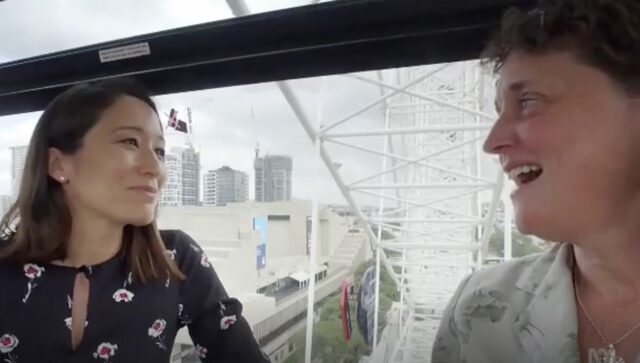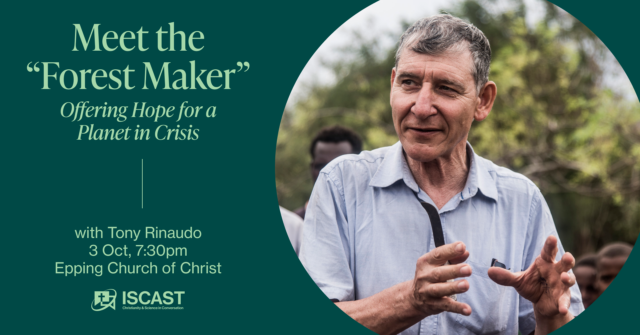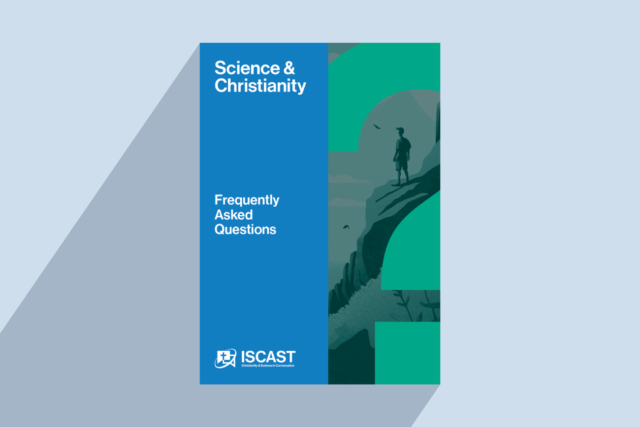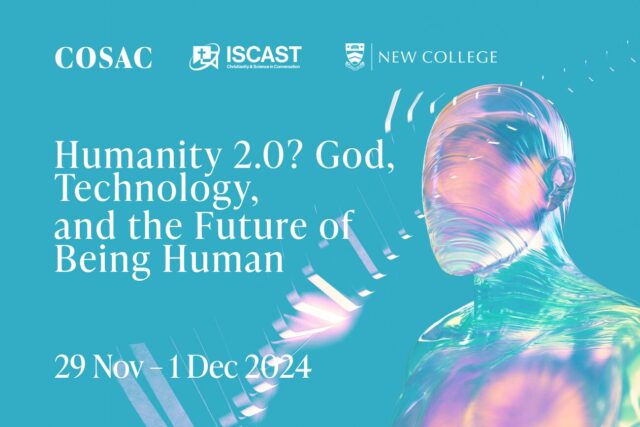

Emeritus Professor John William White AO CMG FAA FRS (25/04/1937 – 16/08/2023)
A tribute by Emeritus Professor John Pilbrow, ISCAST President 2006–2009
We were all saddened by the recent sudden death of our former President, Emeritus Professor John White, on 16 August. John was a Founding Member of ISCAST back in 1987 and served as ISCAST President from 1992 to 2006. During what can only be described as a most distinguished career in the field of physical chemistry and as pillar of the neutron scattering community, John was also actively involved throughout at the faith–science interface.
Throughout his long career he has received a great many honours, especially election to fellowships in both the Australian Academy of Science and the Royal Society of London.
John, originally from Newcastle, studied chemistry at Sydney University gaining a BSc with 1st class honours in 1957 followed by an MSc in 1959. He went to Oxford on an 1851 Scholarship, where, after gaining his doctorate (DPhil), he was appointed a Fellow of St John’s College in 1963. He remained there until 1985 except for the six years when he was seconded to the Institut Laue-Langevin (ILL) in Grenoble. From 1977 to 1980, John served as Director of ILL, which was, and is still, a major neutron beam research institution. Then, in 1985, he returned to Australia as Professor of Theoretical and Physical Chemistry at the ANU, continuing his research on the application of neutron scattering to a wide variety of problems in chemistry.
In 1966 John married Ailsa Vise from Queensland who had come to Oxford on a Walter and Eliza Hall Institute Travelling Scholarship to study microbiology. Ailsa had been a member of the Grads Fellowship at UQ while doing her MSc.
Some personal reflections
I first met John in November 1961 at the first meeting of the Oxford Research Scientists’ Christian Fellowship (RSCF, now Christians in Science)[1] I ever attended. The meetings took place in his rooms at Lincoln College where he had recently become a Junior Research Fellow. What impressed me at that first meeting was the typed draft of his doctoral thesis sitting on a small desk in his room—completed in just over two years! Those monthly meetings continued throughout my time in Oxford and, in 1964, along with John and a good many others, my wife Susan and I were among the inaugural members of the new Oxford Christian Graduate Union. Many of us, including John, attended St Ebbe’s Church (Church of England).
During a trip back home to Australia in 1963, John visited Monash University, and told me he was envious of the Physics Department which possessed a 15” Varian Magnet! At that stage I did not know that I would spend the rest of my academic career at Monash Physics or that I and my research group would make use of that magnet!
John and I met up again at the International Symposium on Electron and Nuclear Magnetic Resonance[2] at Monash in August 1969. Apart from a couple of brief chats during visits to Oxford in 1971 and 1983, it was not until 1985 that John paid another visit to Monash, not long before his appointment to the ANU was announced. We managed a long chat about the work he was doing and also an update about what was happening in Christians in Science in the UK as well as the situation in Australia.[3] Then during a visit to ANU in 1991, John invited me to an early morning meeting (at 7 am!) in his office to discuss ISCAST and about what he hoped it would achieve.
Our paths crossed on-and-off over the next few years when he asked me to assist in preparing a proposal to the British Council to obtain funds for John Polkinghorne’s visit to Australia in 1993 and later when making the case for the appointment of ISCAST fellow and theologian, Dr Brian Edgar, to be a member of the Federal Government’s Gene Technology Ethics Committee. Both were successful.
During 2000, when John was President of the Royal Australian Chemical Institute (RACI) and I was President of the Australian Institute of Physics (AIP), we both sat on the board of the Federation of Australian Scientific & Technological Sciences.[4] John represented the chemical sciences and I represented the physical sciences. From experience on the ISCAST board I knew John to be a first-rate chair and very focussed. Here it was interesting to see him functioning as a well-informed and gracious committee member.
During the 2005 ISCAST COSAC (Conference on Science and Christianity) in Canberra, when John needed to collect something from his office, he invited me to join him in walking across the ANU Campus. He used the opportunity to sound me out as to whether I would consider becoming President of ISCAST in 2006. John always walked very quickly and with purpose. However, as I was facing hip replacement surgery, I found keeping up with him quite a challenge!
Christian faith and the faith–science interface
Importantly for those of us in ISCAST, John also had a long involvement at the faith–science Interface, beginning as coordinator of the Oxford Research Scientists’ Christian Fellowship (RSCF) during the early 1960’s. He was a key player in helping to establish ISCAST in 1987[5] serving as President from 1992 to 2006 and it was his vision to establish COSACs, the first of which took place in Sydney in 1997.
We will miss John’s thoughtful and insightful comments and questions at meetings, conferences, and during the online ISCAST Conversations from late 2022 into 2023.
Along with Allan Day, Mark Worthing, and Peter Harrison, John attended the inaugural meeting of the International Society for Science and Religion (ISSR) held in Spain in 2001.
John’s wider Christian commitment was reflected in his 1980–1985 membership of the Council of Wycliffe Hall (Oxford), a major evangelical Anglican theological college. He also served on the council of St Mark’s Theological Centre in Canberra.
John and Ailsa worshipped at St John’s Anglican Church, Reid. Around 20 years ago, when Susan and I were visiting Canberra, we attended the morning service at St John’s and discovered that John had been asked, as Policy Secretary of the Australian Academy of Science (AAS), to speak about the scientific and ethical issues raised by human cloning. It was a good occasion and led to an invitation to dinner at the White home a couple of days later.
Earlier, around 1998 or 1999, wearing his AAS science policy hat, John led an informal ISCAST discussion on genomics in the home of Ian & Libby Hore-Lacy in Melbourne. This was when the Human Genome Project was getting close to obtaining the complete DNA sequence for an individual.
Research career
University of Oxford—nuclear magnetic resonance 1959–1963
John undertook his doctoral studies in physical chemistry under Professor (later Sir) Rex Richards. He was required to build a nuclear electron double resonance spectrometer where the nuclear magnetic resonance is modified through simultaneous microwave stimulation (known as the Overhauser Effect). He obtained his DPhil in 1962. John could often be found walking through the lab where I worked discussing microwave physics and technology with physicist Dr Michael Baker in the next lab. John clearly made an impression in Oxford and, in his third year as a doctoral student, he was elected to a junior research fellowship at Lincoln College.
In 1963, John was appointed Chemistry Tutor and Fellow of St John’s College. St John’s chemistry undergraduates liked having Dr White as their tutor because, as one of them observed, “Dr White knows how to do the chemistry problems”! A significant accolade!
Application of neutron scattering to problems in physical chemistry and chemical physics
During late 1964, towards the end of my time at Oxford, John told me he planned to begin a new suite of experiments at AEA[6] Harwell (near Oxford) by bombarding molecules with neutron beams. This was the beginning of a long career exploiting neutron scattering across a wide range of problems in chemistry and chemical physics. Within 10 years, he had become a recognised leader in the field, serving as the neutron beam coordinator at Harwell. He was then seconded for six years to the Institut Laue–Langevin (ILL) in Grenoble where he served as Adjunct Director (1974–1977) and then as the first British Director (1977–80).
During his distinguished career over more than five decades John became a key figure in the international scattering community. Through a combination of advances in experimentation and careful choice of examples, his work demonstrated how neutron scattering data could be analysed to provide precise details of molecular structure and dynamics for a wide variety of complex chemical systems including molecular crystals, liquids, polymers, adsorbed molecules, and biological systems. His innovative strategies simplified the scattering patterns of these systems, thus improving the quantitative understanding of their properties. John and his team also developed a simple method to produce stable, thin (~9nm) oil films on the surface of pure water, suitable for direct measurements of the oil–water interface using, for example, X-ray or neutron reflectometry. His pioneering scattering studies of methane and of isoelectric ammonia on graphite were among the first to use neutrons to examine the structure and dynamics of adsorbed monolayers.
Professor of Physical and Theoretical Chemistry ANU 1985
On moving to Canberra, John continued and expanded his already prolific range of applications of neutron scattering to an increasing range of problems in chemistry and chemical physics. A birds-eye view of his research publications covering the period 1998–2013 may be gleaned from the following website: https://researchers.anu.edu.au/researchers/white-jw.
John used his experience and influence as a leading neutron researcher to push for the OPAL research reactor at the Australian Nuclear Science and Technology Organisation (ANSTO), subsequently installed in 2007. He also championed stronger links between the neutron-scattering community in the Asia-Pacific through the Asia Oceania Neutron Scattering Association (AONSA) and he also served as chair of the International Advisory Committee for J-PARC, Japan. His direct research engagement in the Asia-Pacific led to the award of the AONSA Prize in 2015.[7]
John was a past president of the Royal Australian Chemical Institute (RACI) and president of the Australian Institute of Nuclear Science and Engineering (AINSE). Detailed information concerning his appointments and commitments, may be found at https://www.eoas.info/biogs/P003593b.htm.
Honours and awards
John belonged to a great many scientific organisations and he was elected to Fellowships of the Royal Society of Chemistry (1982), the Royal Australian Chemical Institute (Fellow 1986, President 2000), the Australian Institute of Physics (1986), the Royal Society of London (1993), and the Australian Academy of Science (1991).[8] Other awards include the H. G. Smith Medal (1997) and the Leighton Medal (2005) both from the RACI, and the Craig Medal (2005) awarded by the Australian Academy of Science.
John received the award of a CMG from the Queen in 1981, in recognition of his contribution as Director of Institut Laue-Langevin. More recently he received a Centenary Medal in 2001 and was appointed an Officer of the Order of Australia in 2016.
Conclusion
John White was a very distinguished scientist and I counted it a privilege to have known him and to have had his example of Christian integrity in the modern academic world.
John’s career spanned world-class research, high-level administration, and extensive engagement across important scientific committees and endeavours. John was known for his tireless energy. He was a mentor and a role model to many, always willing to share his knowledge and expertise. His energy was infectious and his commitment to good science was an example for us all to follow. He was always enthusiastic about science and keen to see new facilities that would lead to enhanced scientific understanding. While visiting the European Spallation Source (ESS) in Sweden last June, it was reported that he was as keen as ever to know the facility was progressing.
Many of us are grateful for the generous hospitality John and Ailsa provided in their Canberra home as well as hosting ISCAST planning meetings from time-to-time.
John died peacefully in his garden in Canberra on 16th August 2023. He will be very much missed by many in the soft matter and scattering communities around the world, by his many friends in ISCAST and beyond, and above all by Ailsa, his wife of more than 57 years, and the extended White family.
I close with a fine tribute from Stephen Henderson, a former member of John’s research group at ANU:
“I worked with John from 1986 to 1989 at the RSC/ANU. It was the best working experience of my career. The amazing standouts with John were that (a) he was a man of integrity (not the norm unfortunately), and (b) his incredible family who lived right across the road. Even though he traveled extensively in his job, he made things work at home to raise his kids as model people (teenagers at that time), and of course, accredited this outcome mostly to his wife Ailsa, who is another awesome individual.”
There is so much more that could have been said!
This tribute to the late Professor John White CMG AO FAA FRS is by Emeritus Professor John Pilbrow who first met John at a Research Scientists’ Fellowship Meeting in Oxford back in November 1961. John is Emeritus Professor of Physics at Monash University, winner of the 1998 Bruker Prize for EPR Spectroscopy, and President of ISCAST from 2006 to 2009.
[1] Another member of the Oxford RSCF was Dr (later Sir) John Houghton FRS then newly appointed head of Atmospheric Science at Oxford, later Director of the UK Met Office. A key player in the establishment of the IPCC and lead author of the first three IPCC Reports. The two Johns remained good friends.
[2] On checking through some old files recently I discovered that Professor Lawrie Lyons, Founding President of ISCAST, also attended.
[3] As recorded in the History of ISCAST, there was no active organisation at the faith–science interface in Australia at that time.
[4] Then called FASTS but now titled STA (Science & Technology Australia)
[5] John had known Prof Lawrie Lyons FAA, Professor of Physical Chemistry, University of Queensland, who spearheaded the establishment of ISCAST, from his time at Sydney University 1954-8.
[6] AEA – the UK Atomic Energy Authority.
[7] The AONSA citation reads: “For his seminal contributions to the use of neutrons in understanding molecules at interfaces, molecular crystals and self-assembly, for his visionary leadership in establishing the Asia-Oceania neutron scattering community and state-of-art neutron facilities including OPAL, and for his devoted mentoring of young scientists.”
[8] The Australian Academy Citation when John was elected FAA in 1991 reads as follows: “John White has shown how neutron scattering can provide precise details of molecular structure and dynamics on the picosecond timescale, for a wide range of molecular liquids in the bulk and at interfaces, as well as for molecular solids and polymers. By combining high resolution measurements and contrast variation methods for simplifying spectra, the work has allowed previously intractable systems to be studied and demonstrated the scope and appropriateness of allied computer simulation methods. He has made the only studies of phonon dispersion in crystalline polymers, has shown how physiosorption and interacalation modify molecular dynamics, and first observed molecular quantum mechanical rotational tunnelling at interfaces. His work demonstrated early on, that at silicate–water interfaces water diffusion is but weakly affected and has generalised this understanding to lamellar liquid crystals and swollen model membranes.”
John served on the Academy’s Council and on EXCOM (Executive Committee) as Secretary for Science Policy from 1997 to 2001. He devoted much time to the Academy, accepting over 40 appointments to committees up until 2021, including national committees, the finance committee, sectional committees, awards committees and exchange committees.
